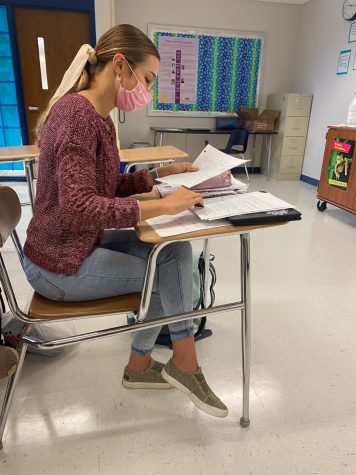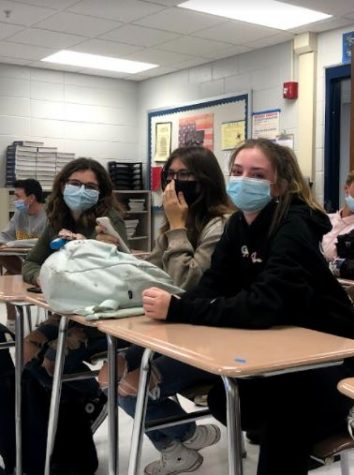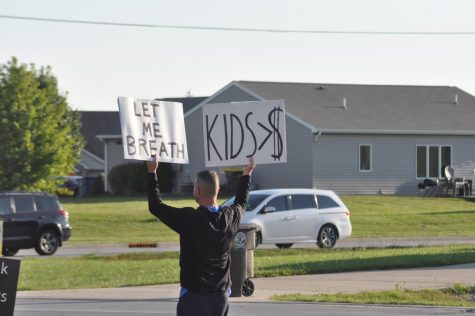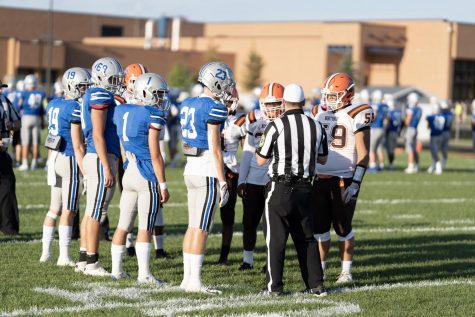Remote learning becomes possibility for future snow days
For a few months now, remote learning has been the norm. But what about the future?
Now that it has been proven to work, there could be a chance that e-learning is changed into remote learning.
During snow days students would be meeting with their teachers over a screen, instead of just having a few assignments to do.
The main difference between the two learnings is a larger difference than others may think, according to sophomore Cecilie Potts.
“Well, e-learning more has to do with just completing an assignment to fulfill the work for the class that day. Remote learning deals with still meeting with the teacher face to face without physically being at school,” said Cecilie.
Using the latter method – remote learning – could very well be beneficial for the students. Cecilie Potts is okay with this idea.
“I feel that we should do remote learning instead of e-learning because not only does it allow us to still converse with the teachers more like a regular school day, but it also allows for the classes to continue lessons and have assignments that pertain more to what the student is learning,” said Cecilie.
Just like Cecilie said, remote learning allows students to have interaction, even if it is limited, with their teachers.
This interaction can help their academic progress. After missing even one day of school, it can be hard to slip back into a routine.
And being out of routine, it can be hard to focus.
While remote learning may be a little more work, in the end, it still will help students in the focus aspect. This will increase their academic progress overall.
But with every benefit, there are struggles. In this case, one of them is the struggle of elementary schoolers. Being as young as they are, it can be difficult to keep them online for long periods of time.
“It probably wouldn’t work for elementary schoolers, because their parents will be working, so they won’t be there to help them,” said Cecilie.
Along with struggles for younger students, there is difficulty with patchy internet. Sophomore Rachel Baughman has some insight on this topic.
“I feel that although it would offer a higher standard of education to students, internet connection in the county’s more rural areas in greatly affected by bad weather, and it would ruin the purpose of online communication,” said Rachel.
Sometimes the router for the internet can’t handle live video-conferences. Even if just one person is on a video, the WIFI can be struggling. Sometimes it is just easier to do an online worksheet.
Overall, that difference can create either a good day or a bad day, depending on one thing; WIFI.
But, even with the ups and downs, both e-learning and remote learning are ways of substituting the normal teacher to student contact with a short-term solution.
“They both provide solutions to allow students to still learn while not at school,” said Cecilie.

Being a student of 11 years, Ashlyn has experienced many things. From art class to math class, reading and writing have always been her favorite subjects....







